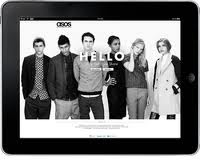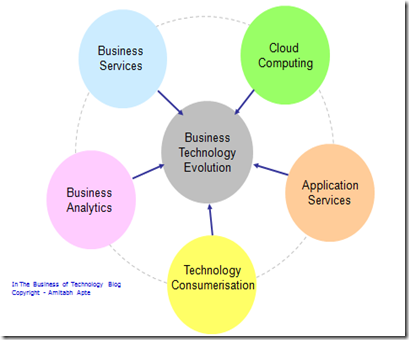Gartner recently published the top 10 technologies and trends that will be strategic for most organizations in 2012. Gartner defines a strategic technology as one with the potential for significant impact on the enterprise in the next three years. It may be an existing technology that has matured and/or become suitable for a wider range of uses. It may also be an emerging technology that offers an opportunity for strategic business advantage for early adopters or with potential for significant market disruption in the next five years. These technologies impact the organization’s long-term plans, programs and initiatives. They are as following;
Media Tablets and Beyond. Users can choose between various form factors when it comes to mobile computing. No single platform, form factor or technology will dominate and companies should expect to manage a diverse environment with two to four intelligent clients through 2015.
Mobile-Centric Applications and Interfaces. The user interface (IU) paradigm in place for more than 20 years is changing. UIs with windows, icons, menus, and pointers will be replaced by mobile-centric interfaces emphasizing touch, gesture, search, voice and video.
Contextual and Social User Experience. Context-aware computing uses information about an end-user or objects environment, activities, connections and preferences to improve the quality of interaction with that end-user or object.
Internet of Things. The Internet of Things (IoT) is a concept that describes how the Internet will expand as sensors and intelligence are added to physical items such as consumer devices or physical assets and these objects are connected to the Internet.
App Stores and Marketplaces. Application stores by Apple and Android provide marketplaces where hundreds of thousands of applications are available to mobile users. Gartner forecasts that by 2014, there will be more than 70 billion mobile application downloads from app stores every year.
Next-Generation Analytics. Analytics is growing along three key dimensions:
-
From traditional offline analytics to in-line embedded analytics.
-
From analyzing historical data to explain what happened to analyzing historical and real-time data from multiple systems to simulate and predict the future.
-
from structured and simple data analyzed by individuals to analysis of complex information of many types (text, video, etc…) from many systems
Big Data. The size, complexity of formats and speed of delivery exceeds the capabilities of traditional data management technologies; it requires the use of new or exotic technologies simply to manage the volume alone.
In-Memory Computing. Gartner sees huge use of flash memory in consumer devices, entertainment equipment and other embedded IT systems. In addition, it offers a new layer of the memory hierarchy in servers that has key advantages — space, heat, performance and ruggedness among them.
Extreme Low-Energy Servers. The adoption of low-energy servers potentially delivering 30 times or more processors in a particular server unit with lower power consumption vs. current server approaches.
Cloud Computing. Cloud is a disruptive force and has the potential for broad long-term impact in most industries. While the market remains in its early stages in 2011 and 2012, it will see the full range of large enterprise providers fully engaged in delivering a range of offerings to build cloud environments and deliver cloud services.
“These top 10 technologies will be strategic for most organizations, and IT leaders should use this list in their strategic planning process by reviewing the technologies and how they fit into their expected needs,” said David Cearley, vice president and Gartner fellow.
The complete related Gartner press release can be accessed here.



